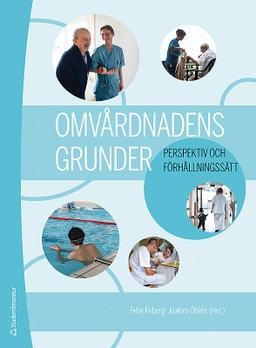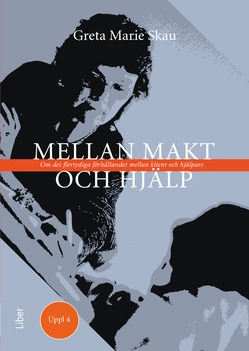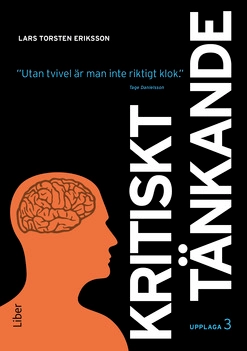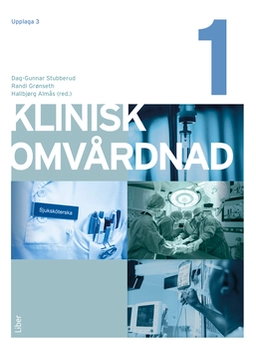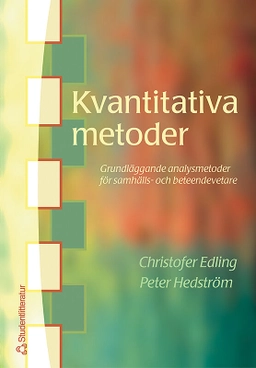Summarizes the essential biosynthetic pathways for assembly of metal cofactor sites in functional metalloproteins
Metalloprotein Active Site Assembly focuses on the processes that have evolved to orchestrate the assembly of metal cofactor sites in functional metalloproteins. It goes beyond the simple incorporation of single metal ions in a protein framework, and includes metal cluster assembly, metal-cofactor biosynthesis and insertion, and metal-based post-translational modifications of the protein environments that are necessary for function. Several examples of each of these areas have now been identified and studied; the current volume provides the current state-of-the-art understanding of the processes involved.
An excellent companion to the earlier book in this series Metals in Cells—which discussed both the positive and negative effects of cellular interactions with metals—this comprehensive book provides a diverse sampling of what is known about metalloprotein active site assembly processes. It covers all major biological transition metal components (Mn, Fe, Co, Ni, Mo), as well as the other inorganic components, metal-binding organic cofactors (e.g., heme, siroheme, cobalamin, molybdopterin), and post-translationally modified metal binding sites that make up the patchwork of evolved biological catalytic sites. The book compares and contrasts the biosynthetic assembly of active sites involving all biological metals. This has never been done before since it is a relatively new, fast-developing area of research.
Metalloprotein Active Site Assembly is an ideal text for practitioners of inorganic biochemistry who are studying the biosynthetic pathways and gene clusters involved in active site assembly, and for inorganic chemists who want to apply the concepts learned to potential synthetic pathways to active site mimics.
Åtkomstkoder och digitalt tilläggsmaterial garanteras inte med begagnade böcker









